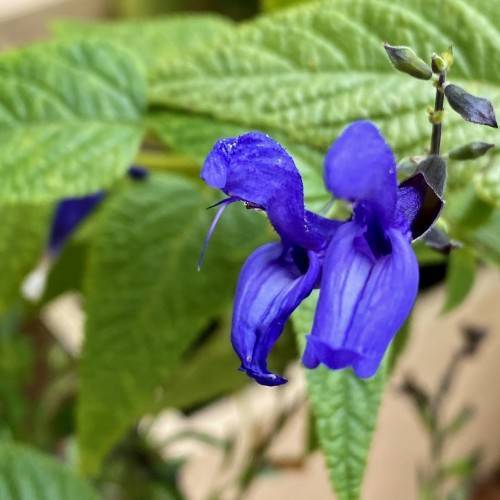
blue sage
Salvia azurea 'Nekan'
Cycle:
Herbaceous Perennial
Watering:
Minimum
Hardiness Zone:
4 - 9
Flowers:
Flowers
Sun:
Full sun
Leaf:
Yes
Growth Rate:
Low
Maintenance:
Low
Drought Tolerant:
Yes
Salt Tolerant:
Yes
Care Level:
Medium
watering
Blue Sage (Salvia azurea 'Nekan') should be watered regularly and deeply to ensure healthy growth. Water early in the morning or in the evening when temperatures are cooler to reduce evaporation. During actively growing seasons, water about once per week, or when the soil feels dry to the touch about 1 inch below the surface. Increase watering frequency during hotter months to twice per week. Water until the soil is slightly moist, but not soggy.
sunlight
Blue Sage (Salvia azurea 'Nekan') prefers full sun, meaning that it should receive 6 to 8 hours of direct sunlight each day. This plant species is native to the area surrounding the Great Plains in North America, so it will thrive in sunny and warm climates. If planted in partial shade or sheltered from sun, blue sage will become leggy and begin to flower early. Blue sage should be planted in late spring or early summer, when soil temperatures are at least 60 degrees Fahrenheit and there is enough sun to stimulate growth and flowering.
pruning
Blue Sage (Salvia azurea 'Nekan') should be pruned after flowering in late summer or early fall. Thin out the stems and foliage to promote better air circulation. Cut back some stems almost to the base and the rest of the stems by around 3-4 inches. This will help the plant get more sunlight and promote new and healthier growth. Make sure to sterilize the pruning tools between each cut to avoid spreading any diseases from 1 plant to another.
